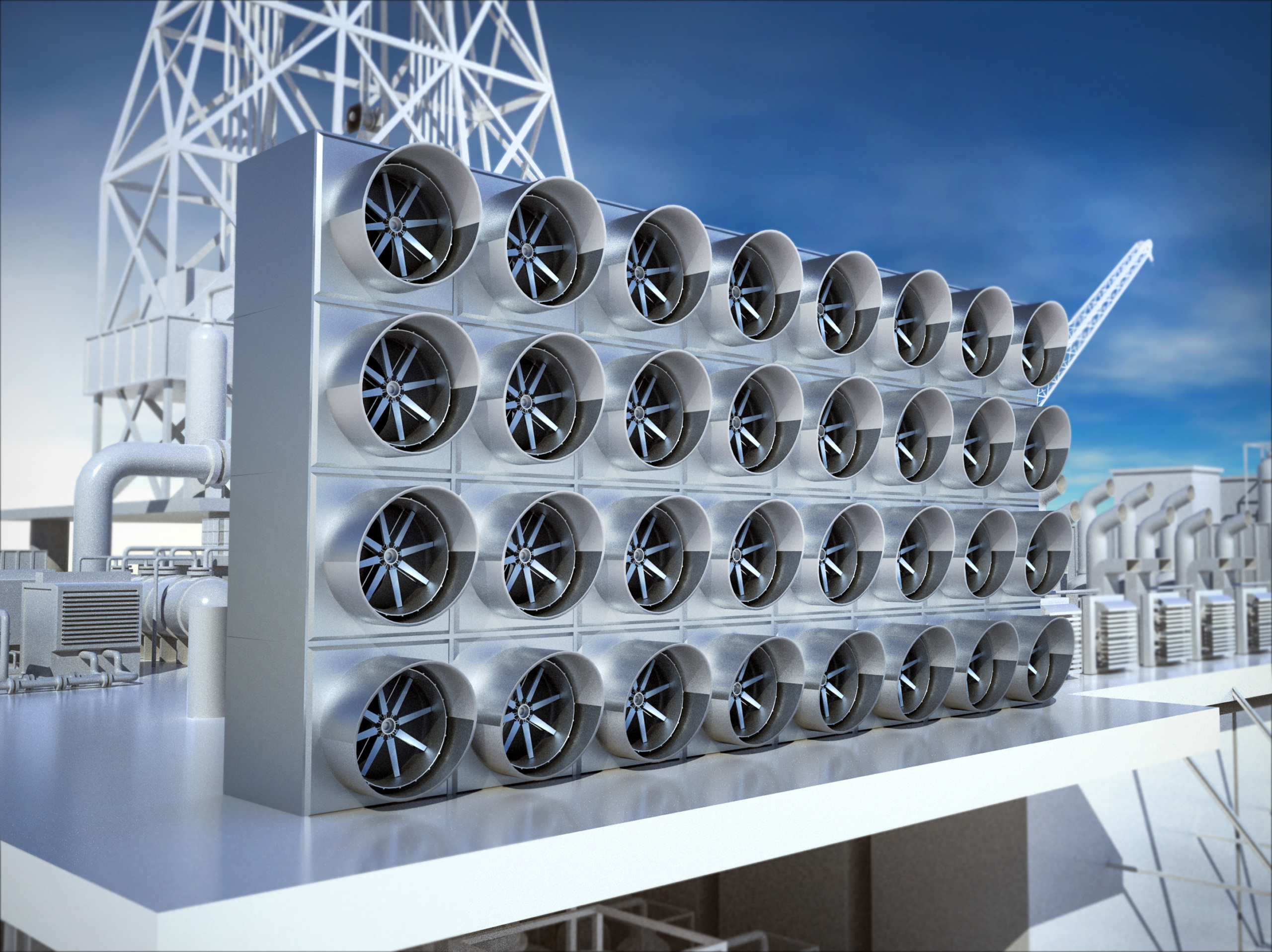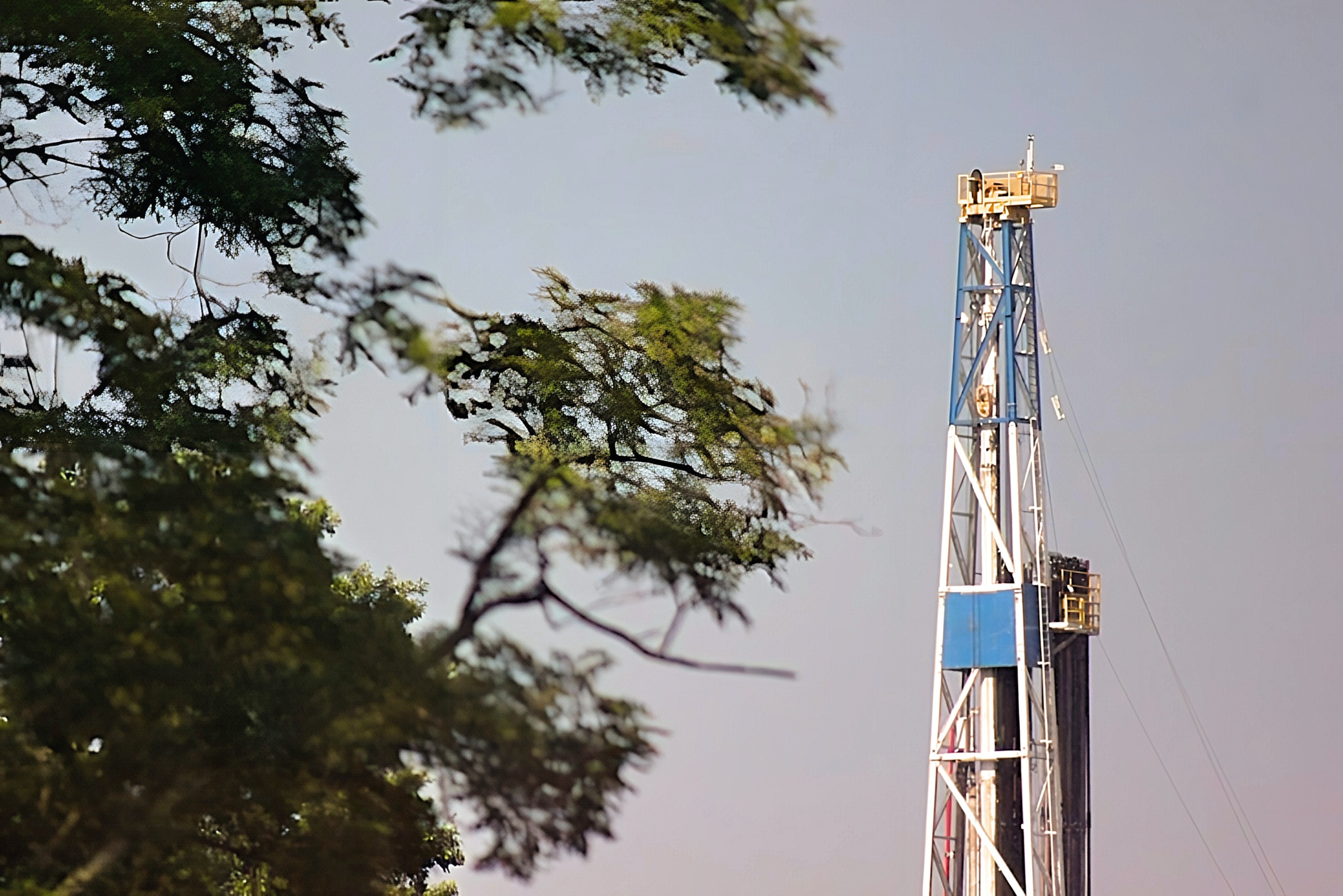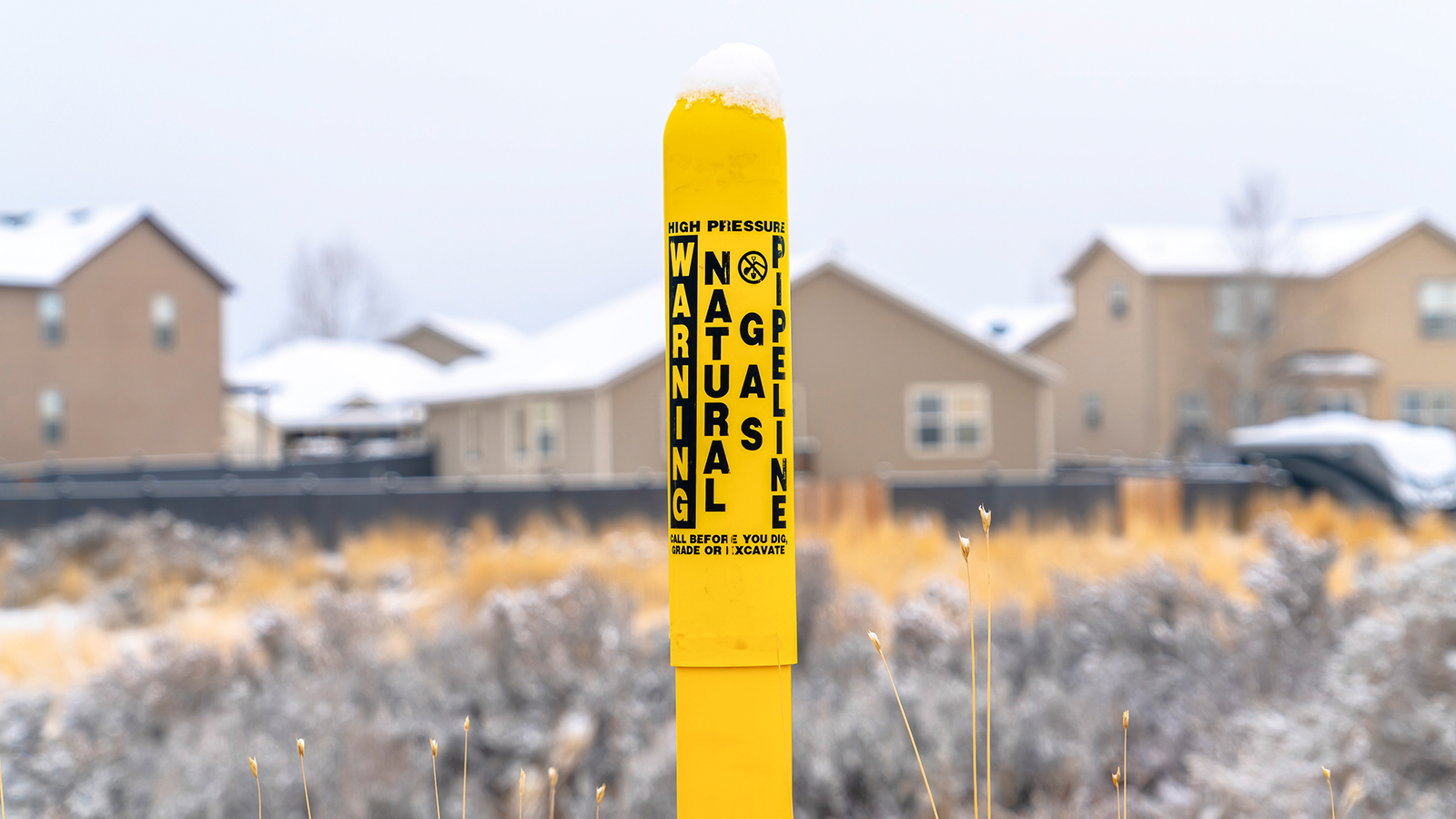
Report: The Costs of Fracking
The Price Tag of Dirty Drilling's Environmental Damage
Over the past decade, the oil and gas industry has fused two technologies—hydraulic fracturing and horizontal drilling—to unlock new supplies of fossil fuels in underground rock formations across the United States. “Fracking” has spread rapidly, leaving a trail of contaminated water, polluted air, and marred landscapes in its wake. In fact, a growing body of data indicates that fracking is an environmental and public health disaster in the making.
Downloads
Environment Colorado Research & Policy Center

Executive Summary
Over the past decade, the oil and gas industry has fused two technologies–hydraulic fracturing and horizontal drilling–to unlock new supplies of fossil fuels in underground rock formations across the United States. “Fracking” has spread rapidly, leaving a trail of contaminated water, polluted air, and marred landscapes in its wake. In fact, a growing body of data indicates that fracking is an environmental and public health disaster in the making.
However, the true toll of fracking does not end there. Fracking’s negative impacts on our environment and health come with heavy “dollars and cents” costs as well. In this report, we document those costs–rang- ing from cleaning up contaminated water to repairing ruined roads and beyond. Many of these costs are likely to be borne by the public, rather than the oil and gas industry. As with the damage done by previous extractive booms, the public may experience these costs for decades to come.
The case against fracking is compelling based on its damage to the environment and our health alone. To the extent that fracking does take place, the least the public can expect is for the oil and gas industry to be held accountable for the damage it causes. Such accountability must include up-front financial assurances sufficient to ensure that the harms caused by fracking are fully redressed.
Fracking damages the environment, threatens public health, and affects communities in ways that can impose a multitude of costs:
- Drinking water contamination – Fracking brings with it the potential for spills, blowouts and well failures that contaminate groundwater supplies.
- Health problems – Toxic substances in fracking fluid and wastewater–as well as air pollution from trucks, equipment and the wells themselves–have been linked to a variety of negative health effects.
- Natural resources impacts – Fracking converts rural and natural areas into industrial zones, replacing forest and farm land with well pads, roads, pipelines and other infrastructure, and damaging precious natural resources.
- Impacts on public infrastructure and services – Fracking strains infrastructure and public services and imposes cleanup costs that can fall on taxpayers.
- Broader economic impacts – Fracking can undercut the long-term economic prospects of areas where it takes place. A 2008 study found that Western counties that have relied on fossil fuel extraction are doing worse economically compared with peer communities and are less well-prepared for growth in the future.
The environmental, health and community impacts of fracking are severe and unacceptable. Yet the dirty drilling practice continues at thousands of sites across the nation. This report recommends that wherever fracking does occur, local, state and federal governments should at least comprehensively restrict and regulate fracking to reduce its environmental, health and community impacts as much as possible. They should also ensure up-front financial accountability by requiring oil and gas companies to post dramatically higher bonds that reflect the true costs of fracking.
Topics
Find Out More


“Certified natural gas” is not a source of clean energy

How you can electrify your home

